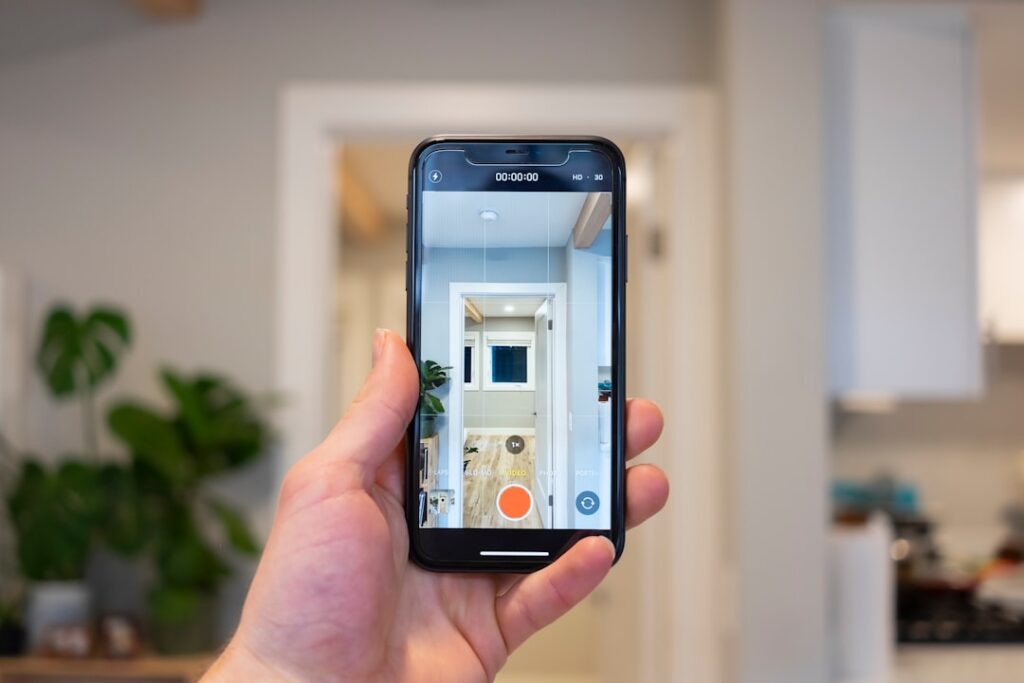Understanding Smart Home Device Integration: The Future of Living
As technology continues to evolve, so does the way we interact with our homes. Smart home device integration is revolutionizing how we manage our living spaces, offering convenience, security, and energy efficiency. In this article, we will explore what smart home device integration entails, its benefits, and how you can effectively implement these technologies in your own home.
What is Smart Home Device Integration?
Smart home device integration refers to the seamless connectivity between various smart devices, enabling them to communicate and be controlled through a centralized platform. This means you can manage everything from lighting and heating to security systems and appliances via a single app or voice command. The ultimate goal is to simplify your daily routine and enhance your home’s functionality.
Key Components of Smart Home Integration
To fully understand smart home device integration, it is important to recognize its essential components:
- Smart Hub: A central unit that connects all smart devices within your home.
- Smart Devices: Items such as smart thermostats, lights, cameras, and appliances that can be controlled remotely.
- Wi-Fi Network: A stable and strong internet connection that allows devices to communicate effectively.
- Mobile Application: Software used on smartphones that enables remote access and control of smart devices.
Benefits of Smart Home Device Integration
Embracing smart home device integration offers numerous advantages:
Enhanced Convenience
With smart devices integrated into one system, you can manage multiple functionalities from a single point of access. For instance, you can turn off lights, adjust the thermostat, and lock doors with just a single command or through an app, saving time and effort.
Improved Security
Smart home integration includes sophisticated security options. You can easily monitor your home through smart cameras, receive alerts about suspicious activities, and even control access through smart locks. This integrated approach significantly enhances overall home security.
Getting Started with Smart Home Device Integration
Implementing smart home device integration might seem daunting, but the process can be straightforward with a few strategic steps:
1. Assess Your Needs
Start by determining what you want to achieve with your smart home system. Consider aspects like energy efficiency, enhanced security, and convenience.
2. Choose a Compatible Smart Hub
Select a smart hub that is compatible with a range of devices and ecosystems. Popular options include Amazon Echo, Google Nest, and Samsung SmartThings.
3. Select Your Smart Devices
Opt for smart devices that align with your needs. Ensure they are compatible with your chosen hub to facilitate integration. Common choices include:
- Smart bulbs for lighting control
- Smart thermostats for temperature regulation
- Smart locks for enhanced security
- Smart appliances for energy efficiency
4. Set Up and Configure
Follow the manufacturer’s instructions to set up your smart devices and connect them to the hub. Ensure that your Wi-Fi network is robust and reliable to avoid connectivity issues.
5. Regularly Update Your System
Keep your devices updated with the latest firmware for optimal performance and security. Regular updates ensure that your devices operate smoothly and benefit from any new features or bug fixes.
Future Trends in Smart Home Device Integration
The future of smart home device integration looks promising with continuous advancements in technology. Some emerging trends include:
Artificial Intelligence and Machine Learning
With the incorporation of AI, smart devices will become even more intuitive, learning from your habits and preferences to automate tasks further.
Voice-Controlled Systems
Voice control will become a standard feature, allowing users to command their devices hands-free. This trend enhances user experience and accessibility.
Increased Interoperability
As more manufacturers get on board, we can expect improved interoperability between various brands and devices, allowing for even more seamless integration.
Conclusion
Smart home device integration represents a significant step forward in creating more efficient, secure, and convenient living spaces. By understanding its benefits and actively participating in the smart home revolution, you can enhance your home experience. With the right devices and a solid integration plan, you can transform your living environment into a smarter, more responsive space that caters to your every need.
Benefits of Smart Home Device Integration
Smart home device integration offers a plethora of benefits that can enhance your daily living experience. One of the primary advantages is the convenience it provides. By connecting various devices through a centralized system, homeowners can control lighting, security, heating, and entertainment systems from a single interface. This not only simplifies routines but also saves time and reduces the hassle of managing multiple remotes and apps.
Energy Efficiency
Another key benefit is energy efficiency. Smart home device integration allows for better monitoring and management of energy consumption. Devices such as smart thermostats can learn your schedule and automatically adjust temperatures for optimal efficiency. This not only helps lower electricity bills but also contributes to a more sustainable lifestyle, reducing your carbon footprint.
Future Trends in Smart Home Device Integration
As technology advances, the future of smart home device integration looks promising. One emerging trend is the increased compatibility between devices from different manufacturers. This shift towards interoperability will enable homeowners to mix and match products without being limited to a single brand ecosystem. Moreover, advancements in artificial intelligence will lead to smarter, more intuitive systems that anticipate user needs and preferences.
Voice Control Capabilities
Voice control is another area undergoing rapid development, with smart assistants like Amazon Alexa and Google Assistant becoming central to home automation. As demand for seamless user experiences grows, expect to see more devices that can be easily controlled through voice commands, making smart home device integration even more accessible and user-friendly. This progress will undoubtedly redefine how we interact with our living spaces.


